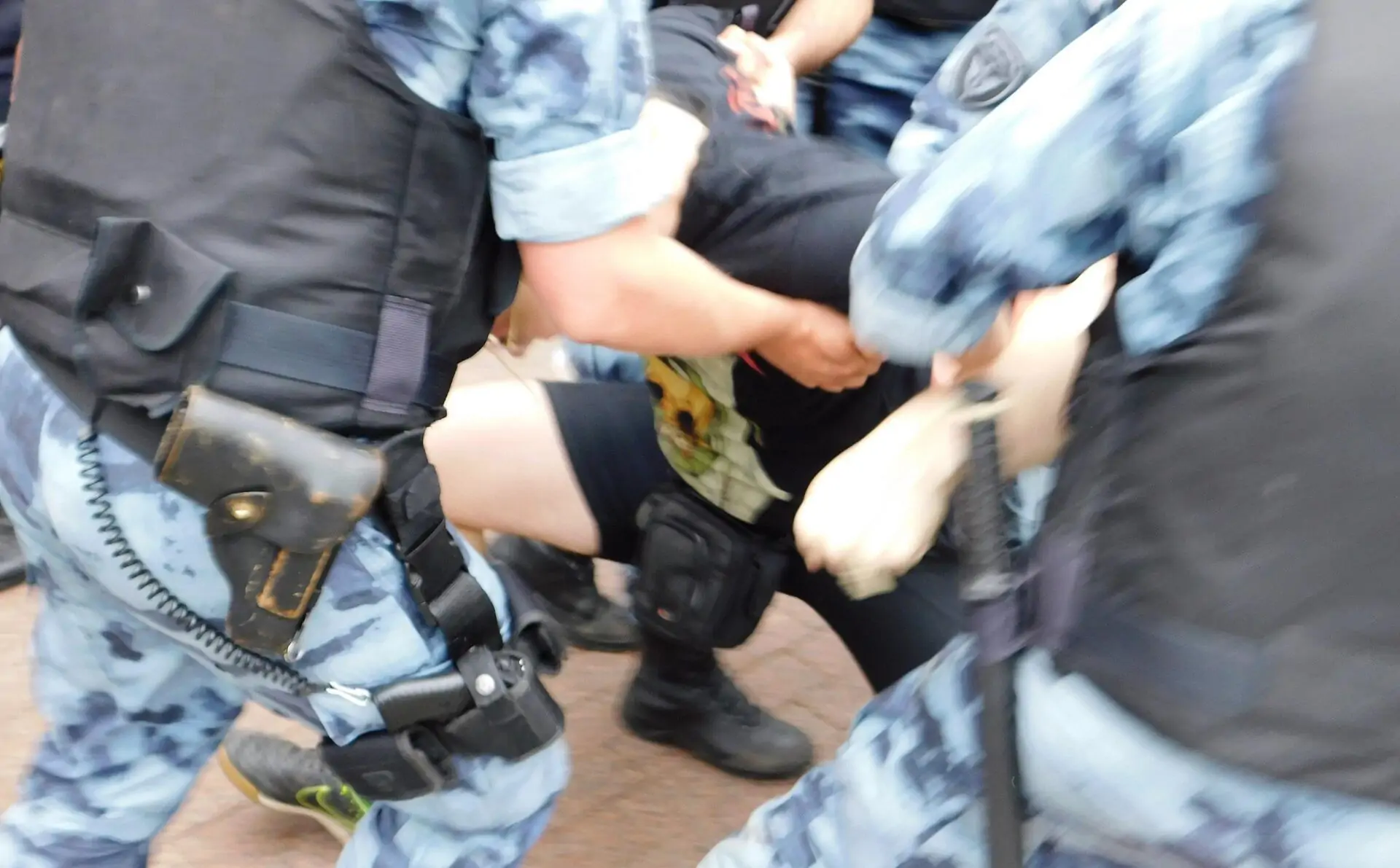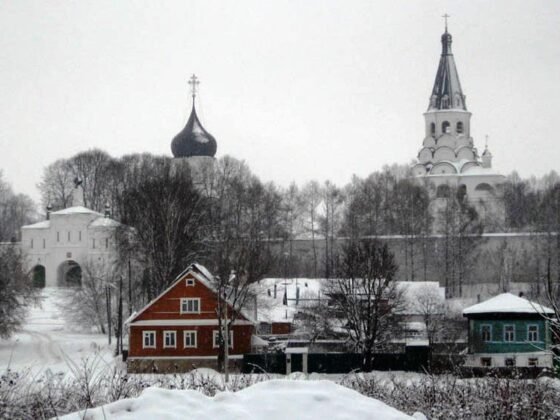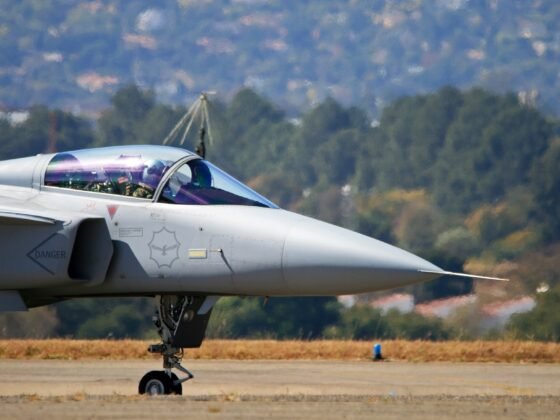(PONARS Eurasia Commentary) With the rise in anti-war protests in Russia, you may be wondering what will happen to the protestors. Last summer, I wrote a policy memo that outlined the Russian state’s playbook for putting down the Navalny protests. It showed what post-protest legal encounters looked like for ordinary participants and the legal mobilization that followed. What has changed, and what remains the same?
The Russian state relies on dissuasion and discipline to prevent protests in the first place and to punish protestors after they have participated. This basic pattern continues with notable escalation on the Russian side. The state has pre-emptively arrested protest “organizers” before they even get to the protest. State employees like teachers, doctors, and theatre employees have been warned off of protesting with implicit and explicit threats of treason charges, as have university and high-school students.
While the threat of criminal cases is not new and, in fact, is one of the most powerful forms of dissuasion the Russian state has engaged in to suppress protest, the invocation of the Criminal Code article on treason, which carries a sentence up to 20 years in prison, certainly is. In addition, legislation set to be passed in the coming week will make spreading “false information about Russian troops” a crime punishable for up to 15 years in prison. The Investigative Committee is also forming a special unit to “combat extremism and terrorism in unauthorized protests… or any activities aimed at destabilizing the Russian Federation.” These moves all indicate that the crackdown on dissent has been and will continue to be harsher and wider-ranging than it was in 2021. This will be particularly true if Vladimir Putin declares martial law, as he is expected to do in the near future, which would curtail all possibility for protest.
In repressing protests, the state’s basic playbook has remained the same, but with notable escalations in violence and a wider consideration of what constitutes a protest. Russians who come out to protest, regardless of whether they are gathering in large groups or individually holding signs, have been arrested, spent the night in police stations, and in some cases have experienced brutal police violence on the streets or later in police stations. As of March 4th, according to the independent organization OVD-Info, over 8,000 protestors had been detained in over 100 cities and towns throughout Russia. As in 2021, most are being charged with the already vague “participating in an unauthorized protest” (Article 20.2 of the Code of Administrative Offenses), which has now extended its understanding of “participation” to include posting or reposting information about protests on social media even without attending.
As Russians have turned to more subtle protests like writing the hashtag #нетвойне (No to War!) on their clothing and bags, wearing the colors of the Ukrainian flag or carrying blue and yellow flowers while walking down the street, police have started arresting people for these activities as well. There have already been a handful of criminal cases opened for using force against a police officer and for disorderly conduct (hooliganism). We know from the long tail of the 2021 protests, however, that many more criminal cases are likely to be opened in the coming months, especially as the police and other security agencies begin to dig through surveillance footage. This is already happening as police are finding social media posts about the war and bringing people in for questioning or searching their homes.
The Fortress Plan
As has become standard procedure during protests, many police stations in Moscow and St. Petersburg have implemented the Fortress Plan, and access to detainees has been nearly impossible for lawyers. In cities across Russia, police have forcibly taken protestors’ phones and forced detainees to take mug shots, give their fingerprints, or submit DNA samples. In some cases, they have even prevented detainees from using the bathroom, and on the second day of protests in St. Petersburg, left them in a paddywagon whose windows filled with smoke from a tire fire.
I noted in my memo that post-protest encounters with the Russian legal system had a mobilizing effect for some who were shocked at the injustices they experienced. They became more motivated to learn their rights, and some even attended a School for Citizen Legal Advocates to learn strategies to defend themselves or others in court. So far, the years’ worth of work of OVD-Info and the School for Citizen Legal Advocates appear to be paying off, despite the state’s attempts to limit OVD-Info’s reach by placing it on the foreign agent registry and blocking its website. A reserve of lawyers and volunteer citizen legal advocates trained through the school are being deployed to dozens of police stations across the country to help detainees, though many were not permitted to enter. As protestors start going to court in the following days and weeks, this same reserve will be stationed at courts around Moscow, St. Petersburg, and in other cities around the country to provide assistance, guidance, and representation to protestors at hearings on their administrative violations. These organizations continue to circulate information on protestors’ rights, instructions for how protestors can defend themselves in court in the absence of a lawyer, and guidance on appealing to the European Court of Human Rights. This is particularly important as the demand for legal aid is high, and there are not enough lawyers to go around or to keep stationed in the courts around the clock. Recently, OVD-Info has put together a document “generator” with downloadable, pre-filled forms that protestors can use to submit paperwork to the court. It also has a “complaint” generator for protestors to send issues on police violations and conditions of detention to the Human Rights Ombudsman. Like in 2021, “victories” in court will likely be few and far between, and defense representatives will mostly be providing moral and practical support so that, as lawyers and volunteers from OVD-Info put it, no one will have to stand alone against the system.
Projecting into the future, arrests for protesting the war will likely exceed the unprecedented numbers from the 2021 protests, with Team Navalny now calling for daily protests in city and town squares (7 pm each weeknight and 2 pm on weekends) and others being organized ad hoc or as single-person protests. The state will likely continue to escalate its approach to dissuading and limiting protest through harsh sanctions and violence, and the costs may soon be too high for ordinary Russians to risk. Those who do will be confronted with the banality of a system that mechanistically processes cases and issues fines and jail time without actually examining the evidence. Whether this protest wave will mobilize societal activism around legal defense as previous protest waves have remains to be seen but will be something to watch for in the future.
Lauren McCarthy is Associate Professor and Director of Legal Studies at the University of Massachusetts Amherst.
Recommended: Lauren McCarthy, Trafficking Justice: How Russian Police Enforce New Laws, from Crime to Courtroom, Cornell University Press, 2015.











